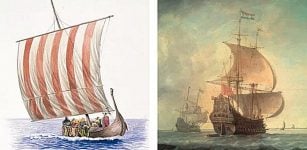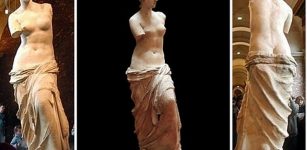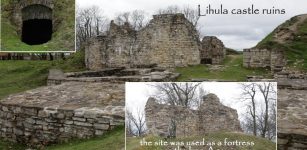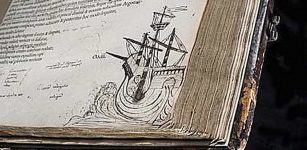On This Day In History: Precious Rosetta Stone Found By Napoleonic Expedition To Egypt – On July 15, 1799
MessageToEagle.com – On July 15, 1799, the Rosetta Stone was found in the Egyptian village of Rosetta (today called “Rashid”) by French Captain Pierre-François Bouchard during Napoleon’s Egyptian Campaign.
The Rosetta Stone is the important historical document that allows the modern understanding of Egyptian hieroglyphs.
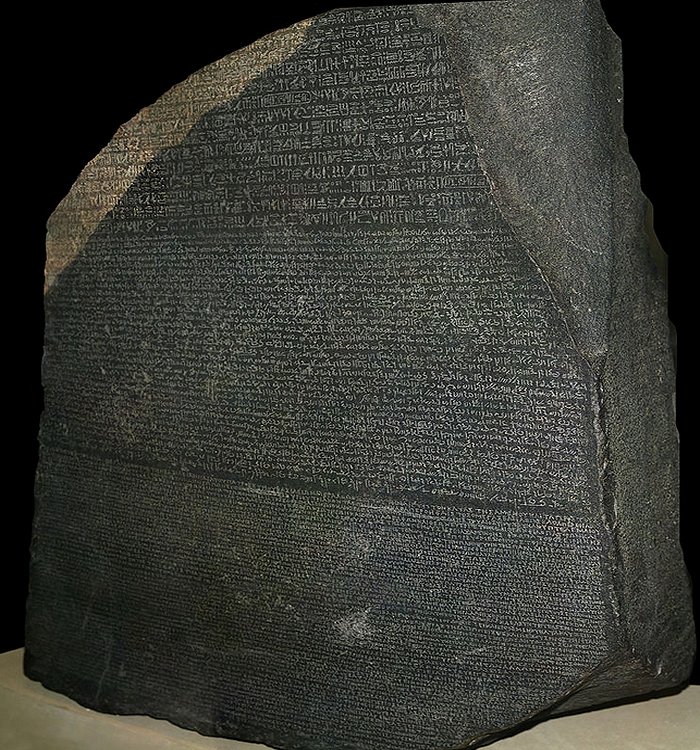
The artifact is inscribed with a decree issued at Memphis, Egypt, in 196 BC on behalf of King Ptolemy V. The decree appears in three scripts that present the same text:
- the upper text is Ancient Egyptian hieroglyphs,
- the middle portion is Demotic script, and
- the lowest is Ancient Greek.
The irregularly shaped stone carved in black granodiorite, is believed to have originally been displayed within a temple, possibly at nearby Sais.
The discovered part of the stone is 114.4 centimeters (45 in) high at its tallest point, 72.3 centimeters (28.5 in) wide, and 27.9 centimeters (11 in) thick.
See also:
Rosetta Stone – Artifact That Solves The Riddle Of Egyptian Hieroglyphics
The ancient Greek on the Rosetta Stone told archaeologists that it was inscribed by priests honoring the king of Egypt, Ptolemy V, in the second century B.C.
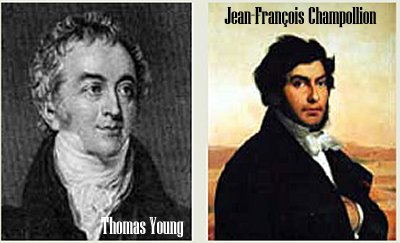 Many scholars worked on deciphering hieroglyphs over several hundred years.
Many scholars worked on deciphering hieroglyphs over several hundred years.
After many years of studying the Rosetta Stone and other examples of ancient Egyptian writing, Jean-François Champollion deciphered hieroglyphs in 1822.
Champollion could read both Greek and Coptic and it helped him to figure out the importance of the seven demotic signs in Coptic and what they stood for.
Then he began tracing these demotic signs back to hieroglyphic signs.
Hieroglyphics used pictures to represent objects, sounds and groups of sounds.
The complete Greek text, in English, is about 1600-1700 words in length. The text on the Rosetta Stone is a tax relief given to the temple priests. It gives them back the tax privileges they had earlier.
Some scholars believe that several copies of the Rosetta Stone might exist, as this proclamation must have been made at many temples.
The stone is now in the British Museum in London.
MessageToEagle.com

